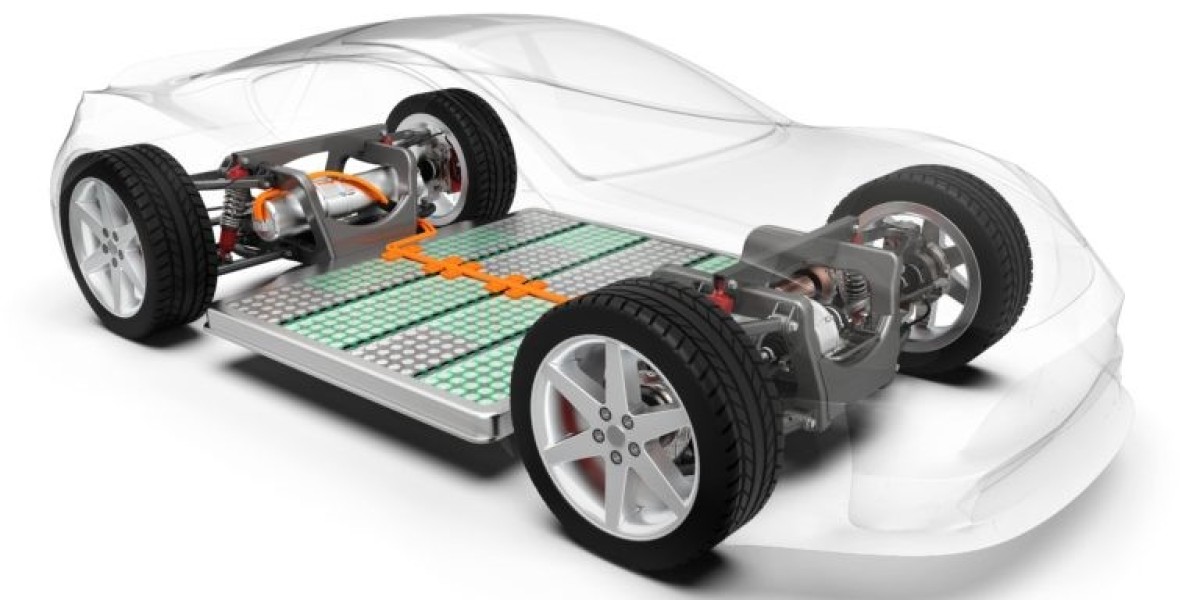The glucose sensors market is undergoing a major transformation as disruptive technologies and innovations reshape diabetes monitoring. With the rising prevalence of diabetes globally, there is a growing demand for advanced, accurate, and non-invasive glucose monitoring solutions. Emerging players, AI-driven solutions, and wearable technology are revolutionizing the industry, making glucose monitoring more efficient and patient-friendly. This article explores the key disruptions influencing the glucose sensors market and their impact on the future of diabetes management.
1. The Shift Towards Continuous Glucose Monitoring (CGM)
Traditionally, glucose monitoring relied on fingerstick tests, which were invasive and inconvenient. However, continuous glucose monitoring (CGM) systems have emerged as a game-changer. Companies like Abbott, Dexcom, and Medtronic are leading the market with CGM devices that provide real-time data, reducing the need for painful pricks and improving diabetes management.
CGM technology is advancing rapidly, with improvements in sensor accuracy, longevity, and integration with smart devices. Newer CGMs now feature predictive alerts, enabling users to take proactive steps before glucose levels reach critical highs or lows.
2. AI and Machine Learning in Glucose Monitoring
Artificial Intelligence (AI) and machine learning are playing a crucial role in revolutionizing glucose sensors. These technologies help analyze glucose trends, predict fluctuations, and provide personalized insights for diabetes patients.
Companies are developing AI-powered platforms that integrate with CGM devices, enabling automated insulin delivery and customized recommendations. The combination of AI with glucose sensors is leading to better patient outcomes and a more seamless user experience.
3. Non-Invasive and Needle-Free Glucose Sensors
One of the most anticipated breakthroughs in the glucose sensors market is the development of non-invasive monitoring solutions. Traditional CGMs still require sensor insertion under the skin, but several companies are working on optical, transdermal, and sweat-based glucose sensing technologies that eliminate the need for needles.
For example, researchers are exploring wearable patches and smartwatches capable of tracking glucose levels through sweat or interstitial fluids. If successful, these innovations could make glucose monitoring completely pain-free and more accessible for non-diabetic individuals interested in tracking their metabolic health.
4. Integration with Wearables and Smart Devices
The rise of health-focused wearables has also disrupted the glucose sensors market. Smartwatches and fitness trackers are increasingly incorporating glucose monitoring capabilities, enabling users to track their levels without additional devices.
Apple, Samsung, and Fitbit are investing in sensor technology that may allow their smartwatches to function as glucose monitors in the future. This shift towards consumer-friendly glucose monitoring could significantly expand the market beyond diabetic patients to the broader health-conscious population.
5. Regulatory and Market Challenges
Despite rapid advancements, the glucose sensors market faces several challenges, including regulatory hurdles, affordability, and accessibility. The approval process for medical devices is stringent, delaying the launch of innovative products. Additionally, high costs associated with CGM devices limit their adoption, particularly in developing countries.
Efforts are being made to address these issues, with companies exploring cost-effective solutions and partnerships to expand access. Governments and healthcare providers are also recognizing the importance of CGM in improving diabetes management, leading to broader insurance coverage and reimbursement policies.
Conclusion
The glucose sensors market is at the forefront of a healthcare revolution, with continuous monitoring, AI-driven insights, non-invasive sensors, and wearable integrations driving unprecedented change. As these technologies mature, they have the potential to enhance diabetes management, improve patient outcomes, and expand glucose monitoring to a wider audience. Despite challenges, the market is poised for significant growth, making it an exciting space for innovation and investment.



